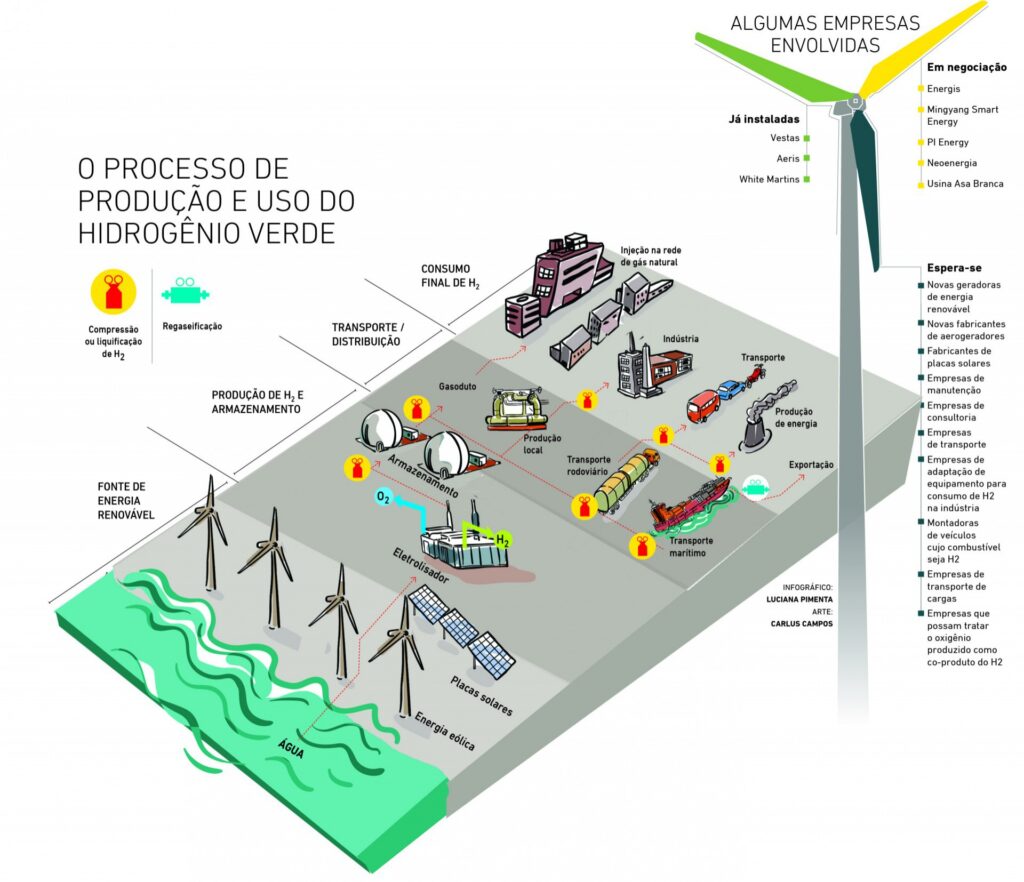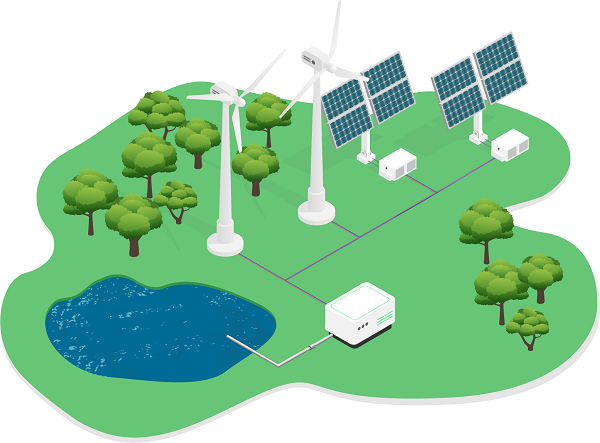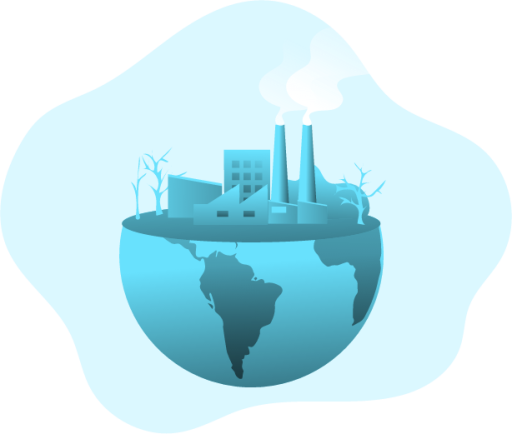Menu
Hydrogen as a fuel can be of different “colors”. These classify it according to the energy source used to produce fuel hydrogen. There is gray hydrogen, produced from fossil fuels. When that production comes from natural gas and when there is carbon capture and storage, we have blue hydrogen.
Green hydrogen, on the other hand, is that made from electrolysis, preferably. However, it requires initial green energy to carry out this process, which will come from renewable sources so that the fuel fits into the Net Zero category. Thus, its production takes place without the emission of carbon. That's why experts see this type of fuel as the key to a carbon neutral world.
Green hydrogen and its derivatives will be a valuable commodity for Brazil, which has plenty of sun and wind to produce renewable energy. The country is seen as an important potential producer and exporter of the product and has been attracting investments from countries interested in the technical and economic viability of this energy source to replace their matrices based on fossil energy.


Atingir a meta Net Zero da maioria dos países e empresas até 2050 requer grandes mudanças na atual geração de combustíveis fósseis para soluções de energia verde. Sua transição passa pelo maior uso do Gás Natural Liquefeito, numa primeira instância de transição, as soluções de zero emissão de poluentes, mais eficientes e fáceis de produzir.
The most cost-effective green energy sources are renewable. Its production requires sun and wind, which in turn are seasonal and not storable.
Hence, meeting the challenge of harnessing green hydrogen as a viable fuel from renewable energies is seen as an important part of a carbon neutral future. Obtaining and transforming it into “clean” fuel requires a large amount of renewable energy.
It is also a difficult gas to store and transport over long distances. However, liquefied or transformed into ammonia or methanol could be the best clean energy solution for all countries in the world that today use coal or oil products to generate their energy needs.
Co2 emission and global warming have reached the high alert threshold.
The investments and risks for viable solutions are too great for corporations or governments alone. So companies and countries are joining efforts to reduce CO2 emissions by 2030 and Net Zero by 2050.

Endereço: Rodovia dos Imigrantes, 1,5 km – Vila Água Funda, São Paulo – SP, 04329-900
Believing in the successful expansion of the hydrogen economy, we have created a permanent international forum for the discussion of issues related to the transition from fossil energy to renewable energy, where we will bring together business, political and scientific decision makers along the entire value chain of the sector to present new technologies.
© 2023 Powered by NürnbergMesse Brasil
This website uses cookies to provide you with the best browsing experience.